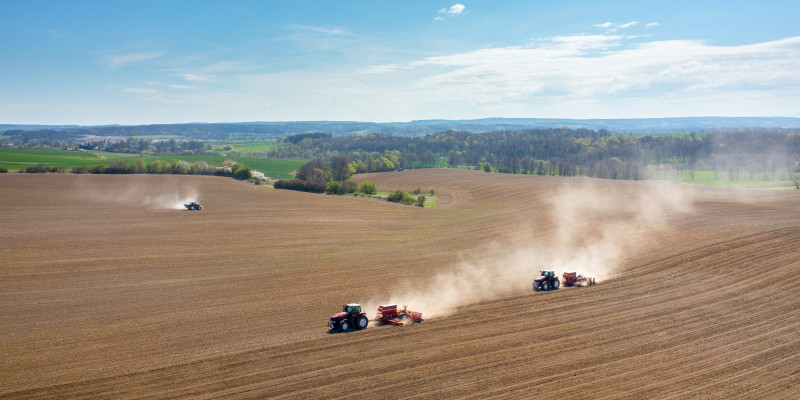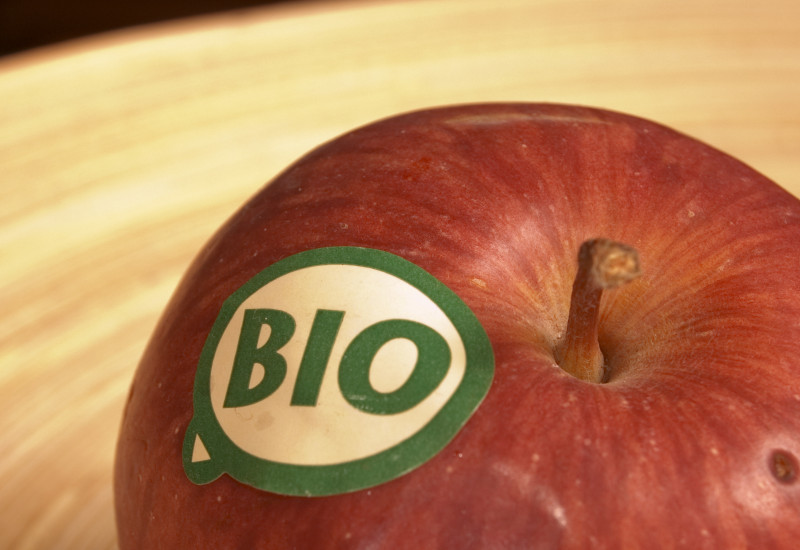Urban and rural areas are often perceived as opposites. In reality, however, they are closely interwoven. While cities are struggling with rising rents and space scarcites, many rural regions are facing an ageing population and a shortage of skilled workers. read more
What’s next for urban and rural areas?









